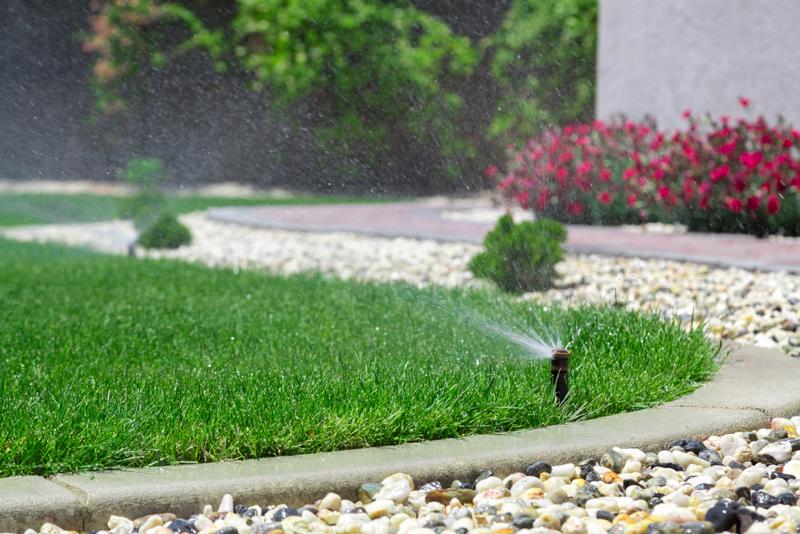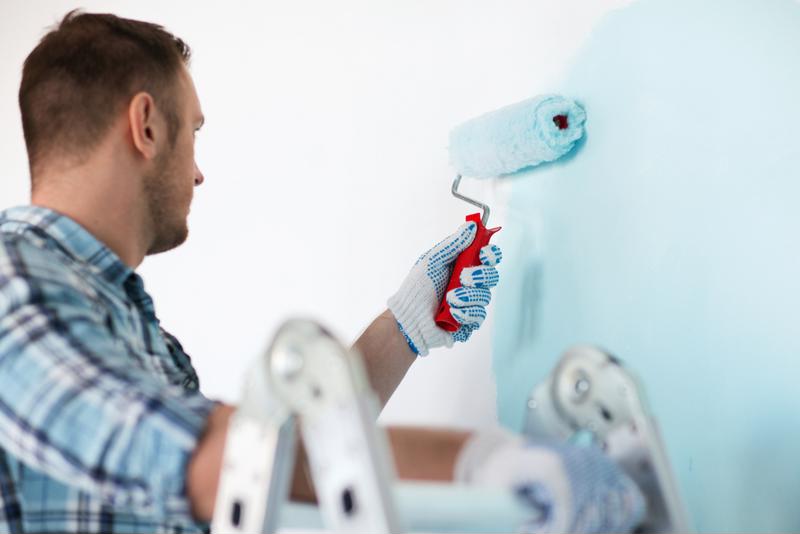Most property owners don't bother to schedule home inspections until serious problems arise. Of course, this is an expensive strategy, as major, precipitous problems can end up costing thousands to repair. With this in mind, consider performing your own do-it-yourself inspections from time to time. Just review these strategies before you start digging around in your crawl space:
Get prepared
To perform a proper inspection, you're going to need some gear. Gather a pair of gloves, a flashlight and flathead and Phillips-head screwdrivers for probing, Popular Mechanics advised. If you're planning to inspect an area you believe to be structurally unsound, get yourself some head protection as well.
Once you've assembled your equipment, formulate an inspection plan. Evaluate the exterior and interior of your home, focusing on essential architectural features such as the foundation and roof. Additionally, be sure to collect important information about your property, the American Home Inspectors Directory suggested. You need details, such as its date of construction, to contextualize what you ultimately find.
"Evaluate the exterior and interior of your home, focusing on key architectural features."
Review the exterior
Begin your DIY inspection by reviewing your home's exterior features. First, check key problem areas that could immediately impact curb appeal, the National Association of Realtors recommended. For instance, ensure that your drainage system is working properly and preventing pools of moisture from collecting in the yard or beneath paved areas. Additionally, inspect your walls for cracks or other imperfections. You might also consider checking your windows to see if they're properly sealed and energy efficient.
Review the interior
Next, move inside. Most home inspectors start with the basement, so follow their lead and do the same. While you're down below, check the walls for leaks and look for cracks in the foundation. Then, scan the ceiling above to assess the condition of the exposed joists. Move up and through the rest of your home, focusing on rooms with major electrical or plumbing features.
Call a professional
If you uncover something outwardly fishy during your DIY inspection, call a professional home inspection company and schedule time with a certified inspector. These individuals can look over the areas of concern and complete more in-depth tasks, such as reviewing complicated electrical features, searching for mold and performing radon testing.




